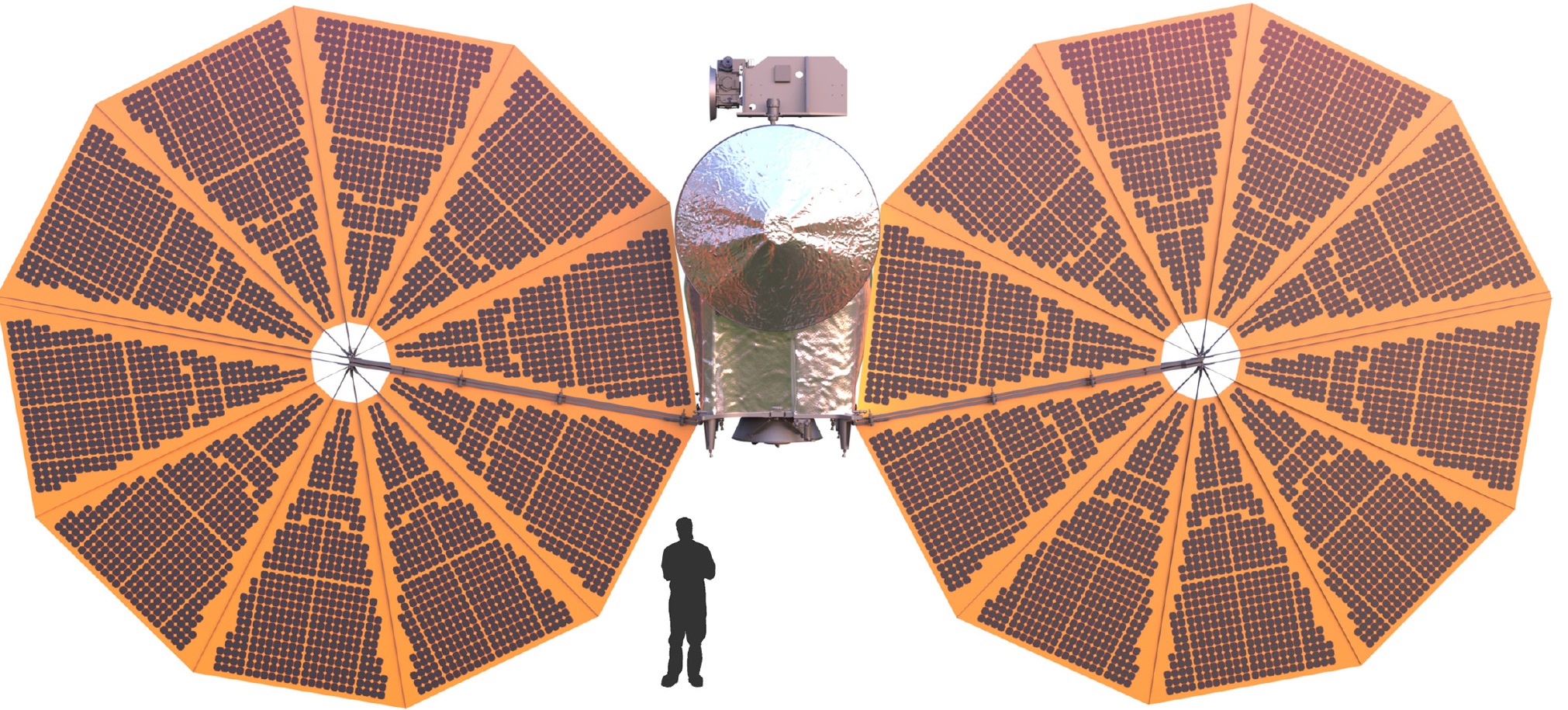Lucy Science Goals
Planet formation and evolution models suggest that the Trojan asteroids are likely to be remnants of the same primordial material that formed the outer planets (Jupiter, Saturn, Uranus, and Neptune), and thus serve as time capsules from the birth of our solar system over four billion years ago. These primitive bodies hold vital clues to deciphering the history of our solar system and the environments in which all of the planets, including Earth, formed and developed.
Surprisingly, Trojan asteroids have very different surface compositions from one another. This diversity likely means that they formed in different locations in the solar system and were transported to their current orbits as the planets formed and evolved. To understand what this diversity is telling us about the history of our planetary system, Lucy has the following science objectives at each of its destinations:
- Surface Geology – Lucy will map the shape, albedo (reflectivity), and crater spatial and size-frequency distributions; determine the nature of crustal structure and layering; and determine the relative ages of surface units.
- Surface Color and Composition – Lucy will map the color, composition, and regolith (surface “soil”) properties of the surface, and determine the distribution of minerals, ices, and organic species.
- Interiors and Bulk Properties – Lucy will determine the masses and densities, and study sub-surface composition via excavation by craters, fractures, ejecta blankets, and exposed bedding.
- Satellites and Rings – Lucy will look for rings and satellites of the Trojan asteroids.

